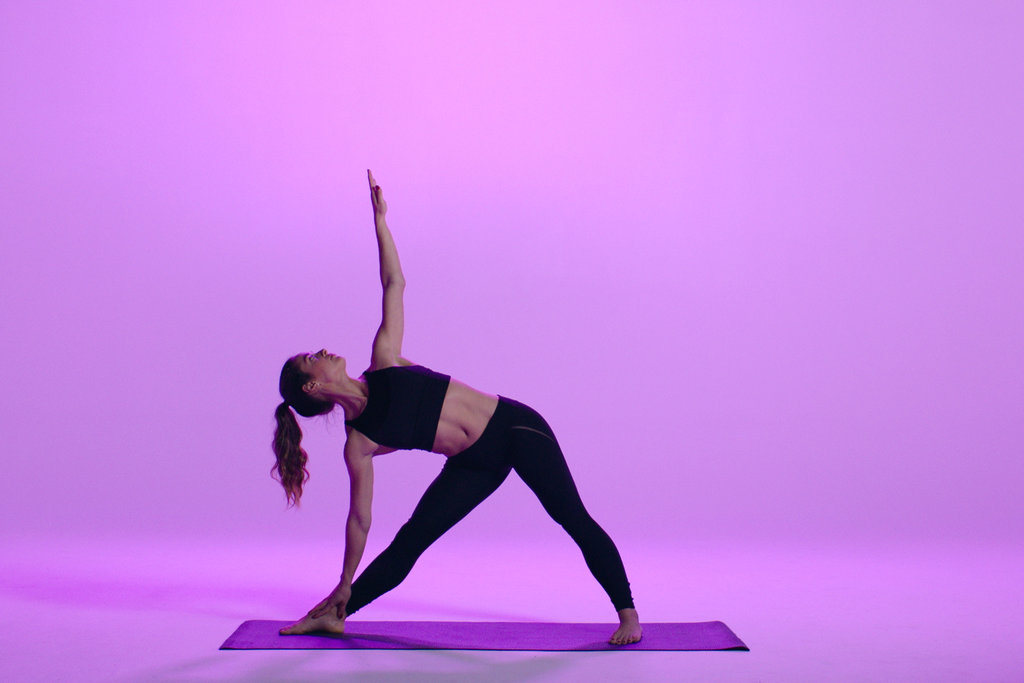
Yoga has been popular for decades, but participation in the mind-body practice just keeps growing. In 2017, more than 14 percent of adults in the United States practiced yoga, according to a nationally representative survey by the Centers for Disease Control and Prevention.
Despite its popularity, there are still many misconceptions about the activity and the ways in which it helps the body and mind. When many people think of yoga, thin, lithe bodies contorting in impossible ways come to mind. But “anybody can do yoga,” said Lori Rubenstein Fazzio, a physical therapist and clinical professor of yoga and health at Loyola Marymount University in Los Angeles.
You don’t even have to move your body much, if at all; even if you focus primarily on the breathing, you can still get benefits, said Laura Schmalzl, a neuroscientist and certified yoga instructor at the Southern California University of Health Sciences.
“As far as I’m concerned, yoga is really a breath or a breathing practice, and then movement is added,” she said.
Why do yoga?
Yoga, which originated in India more than 5,000 years ago, has become a staple of American fitness for many reasons. It requires little to no equipment and can be made accessible to nearly everyone. It has also been linked to a growing number of health benefits, including stress relief, better sleep, improved cognition and reduced back pain. Research also suggests that, at least for otherwise sedentary people, yoga improves balance, strength and flexibility as much as many stretching and strengthening exercises do.
One possible reason for yoga’s many benefits: It is an intentional practice that requires focus from both the mind and the body. Many people exercise while also engaging in other activities or distracting their minds to pass the time — they watch shows while doing elliptical training or listen to podcasts while jogging.
But “if you are in a yoga class, that doesn’t happen — usually you’re focused on the instructor, you’re focused on your breath, you’re focused on the alignment of your body and postures,” said Neha Gothe, the director of the Exercise Psychology Lab at the University of Illinois at Urbana-Champaign, who studies yoga. “And so your mind is very much present in the moment in the movement.”
Because of this emphasis on connecting the mind and the body, yoga may lead to greater mental health benefits than other forms of exercise. Research suggests that yoga reduces anxiety, elevates mood and reduces stress, perhaps more than aerobic exercise. A 2023 clinical trial also found that yoga reduces symptoms of depression and improves sleep.
Editors’ Picks
Jail Cells? Morgues? Your Cruise Ship Has Some Surprises for You.
She Trusted God and Science. They Both Failed Her.
$1.5 Million Homes in Paris
The act of doing yoga tamps down activity in certain pathways within the body that get ramped up in response to threats, collectively referred to as the hypothalamic-pituitary-adrenal system, Dr. Fazzio said.
Some studies suggest that yoga can also reduce the frequency and severity of migraines, and a recent review of five studies found that it “may offer benefits to cognitive function” among people ages 60 and older.
“If you look at the brains of people who have been practicing yoga for a long time, you see that the regions of the brain that are responsible for decision making and problem solving, those regions are better developed,” Dr. Gothe said.
Yoga might provide relief for aching backs, too. In a 2020 report, the Agency for Healthcare Research and Quality analyzed the results of 10 clinical trials, concluding that yoga may ease lower back pain and improve low back function. The American College of Physicians now recommends yoga as a first-line treatment for chronic low back pain.